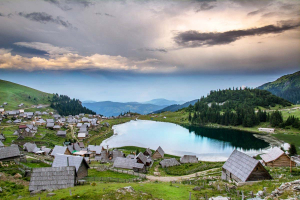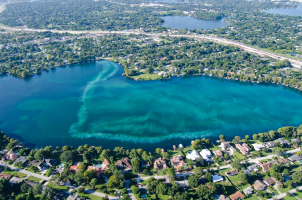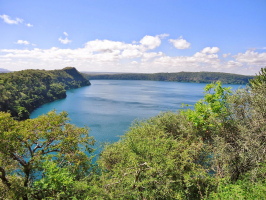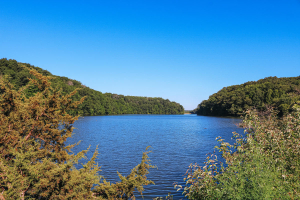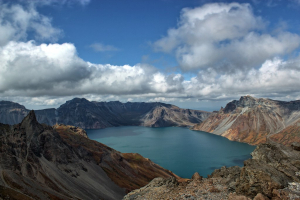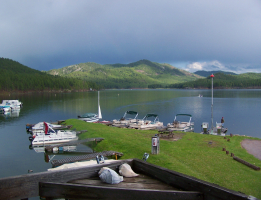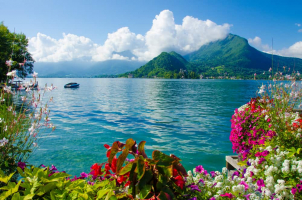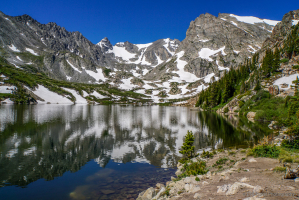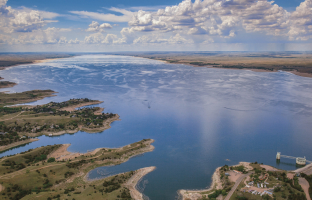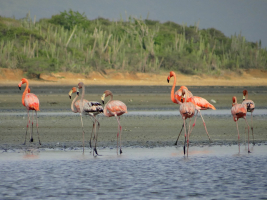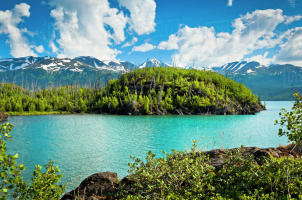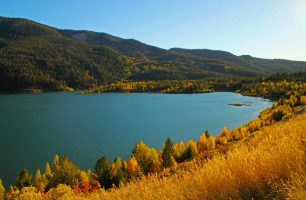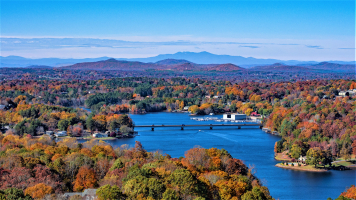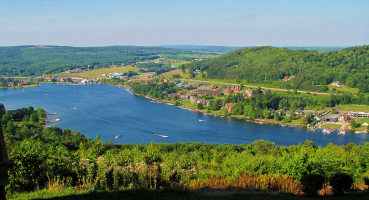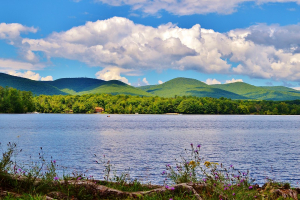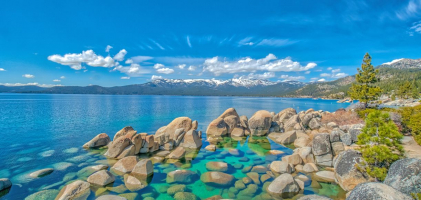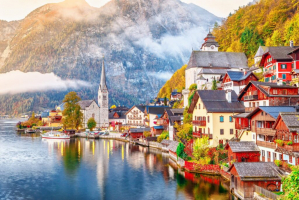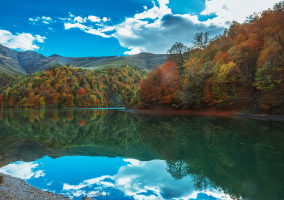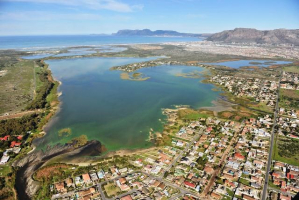Top 10 Best Lakes To Visit in Colombia
The lakes are the ideal summer destination for those who want a place to relax and cool off without descending to cramped beach destinations. In a beautiful ... read more...region like Colombia, there is no shortage of beautiful lakes. Let's join to discover the most beautiful lakes in Colombia!
-
The largest lake in Colombia is called Lake Tota, and it is situated in the Sugamuxi Province, east of the Boyacá Department. Lake Tota is the source of the Upia River, which empties into the Orinoco River basin. Aquitania, which is situated on the lake's eastern bank, is its largest town. Tota, Iza, and Cutiva are a few further adjacent communities.
For the Muisca culture, Lake Tota was a significant place of worship. According to linguist Mariana Escribano, the name Tota is derived from the Chibcha language of the Muisca people, and its principal term relates to "Astronomic Observatory," indicating that it served religious purposes in that civilization. The creation of the lake at the hands of their distant ancestors is the subject of several stories.
The lake is considered sacred by the ancient Muisca people, who also had a reason for inventing the fable. The "Monster of Lake Tota" is said to reside in the lake, according to legend. The sea monster can only be described in terms of historical accounts and Muisca legend. The creature is described as a giant blackfish with a bull's head. Due to its appearance as being larger than a whale, it has acquired the moniker "devil whale." According to studies, it resembles other sea serpent monsters with diverse animal covers, such as the Loch Ness monster from Scotland. From Bogota, it takes four hours to get to Lake Tota.
Location: Boyacá, Columbia
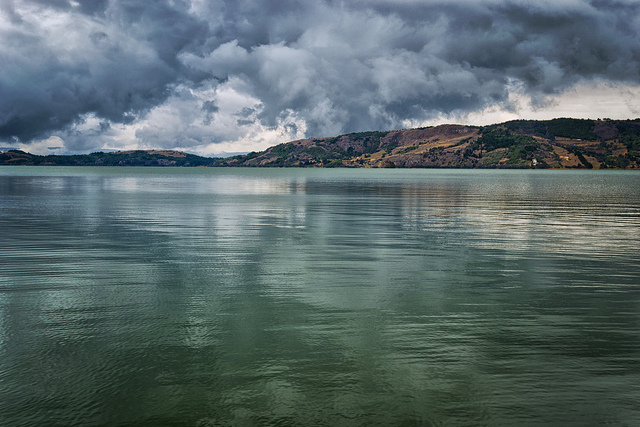
Photo: theculturetrip.com 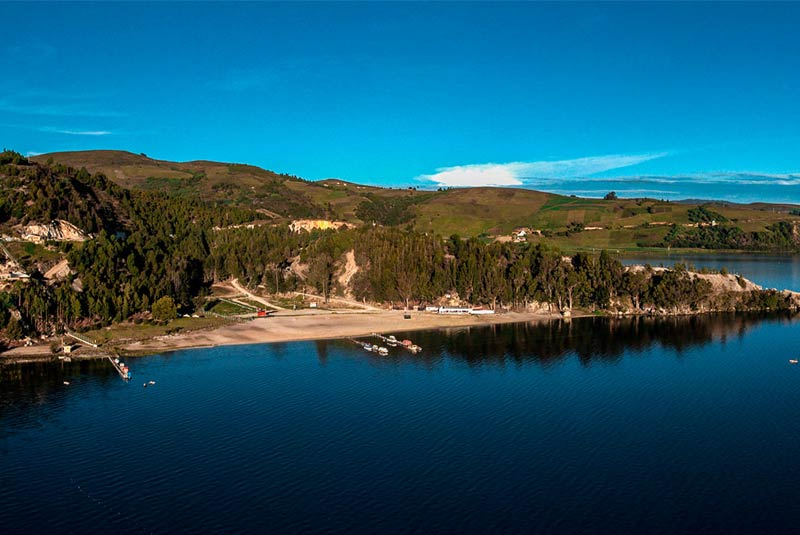
Photo: colombiatouristattractions.com -
In the Ubaté-Chiquinquirá Valley, which is a portion of the Altiplano Cundiboyacense, to the north of Cundinamarca, Colombia, and close to the Boyacá border, is Lake Fúquene, a heart-shaped body of water. This lake is one of the best lakes to visit in Colombia. The Muisca people, who lived in the region before being conquered by the Spanish in the 1530s, revered the Andean lake, which is located at an average elevation of 2,540 meters.
The lake levels have plummeted significantly in recent years as a result of the drainage of the waters for agriculture and dairy farming, and numerous species of flora and wildlife have vanished.
It served as a link between the zaque and zipa territories in the north and south of the Muisca Confederation, and trade between the two regions would flow through the lake. Prior to the arrival of the Spanish, Lake Fúquene was at least four times larger in the first half of the 20th century. The lake level was significantly greater in the past, but it was also susceptible to significant changes, although information varies between authors. There are numerous references to a 10-meter difference. Despite the regrettable size reduction, the existing lake is still a wonderful site to visit, and the local government is implementing a management plan to increase the lake's size and stable the water table.
Location: Cundinamarca, Colombia
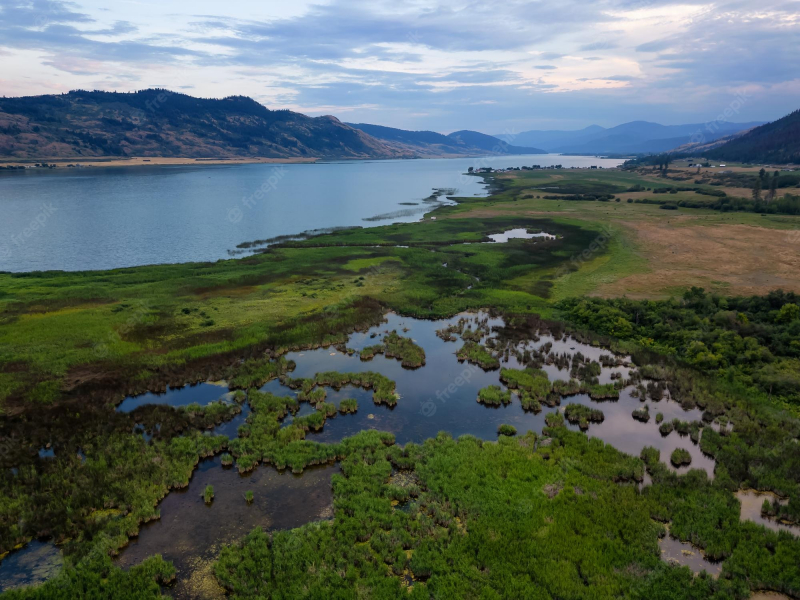
Photo: freepik.com 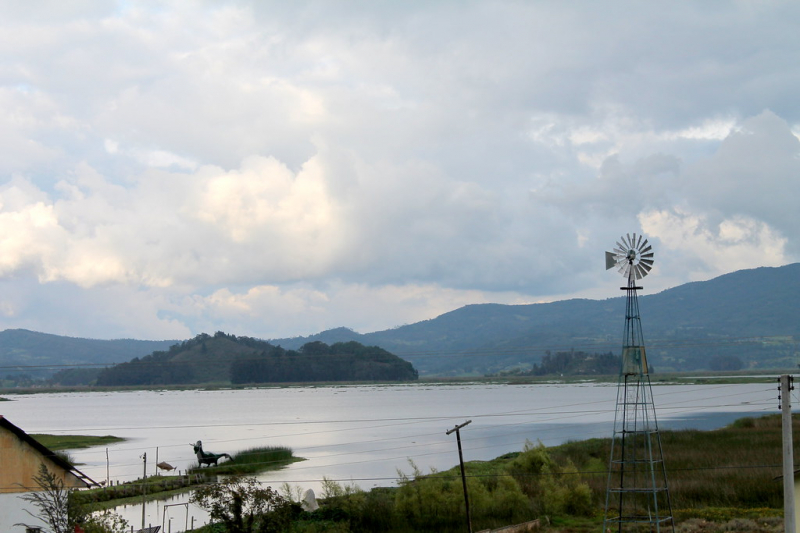
Photo: flickr.com -
57 kilometers (35 miles) northeast of Bogotá, Colombia's capital, Lake Guatavita is situated in the Cordillera Oriental of the Colombian Andes in the municipality of Sesquilé in the Almeidas Province, Cundinamarca department.
The lake is 19.8 hectares in size and has a round shape. There is presently no evidence to support the earlier hypotheses that the crater was formed by a meteorite impact, volcanic cinder, or limestone sinkhole. The most plausible explanation is that it was the result of an anticline's underground salt deposits dissolving, creating a type of sinkhole.
Geographically and legally, Sesquilé's municipality is the owner of the sacred lake known as Guatavita. It was once a sacred place where Native Americans performed elaborate rites honoring Chie, the water goddess, which gave rise to the myth of El Dorado. The Muisca Indian chief, according to legend, would travel on a wooden raft, coated in dust, carrying four priests, along with the wealth amassed by his people. He would plunge himself into the water after casting the treasures into the lake as an act of adoration. The importance of gold to the locals was not purely financial; rather, it was a way for them to get closer to their gods.
Location: Sesquilé, Cundinamarca, Colombia
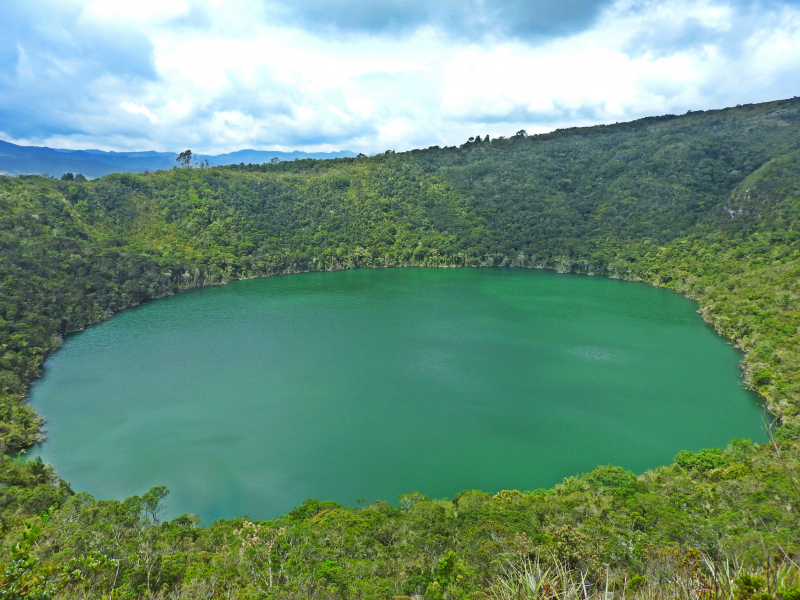
Photo: theculturetrip.com Video: https://www.youtube.com/watch?v=9ccH-XSjNbo -
With a surface area of 70 km2, Calima Lake is the biggest man-made body of water in both Colombia and the entire American continent (South, Central, and North America). It is situated in the Valle del Cauca Department's municipality of Darién.
The lake is a component of a hydropower project that will supply the department with electricity. By 1961, C.V.C. had begun work on the lake. Calima Lake is now a destination for recreational activities and water sports. Near the lake, vacation resorts, dining establishments, and camping areas have been constructed; today, both domestic and foreign tourists, particularly those from adjacent cities and towns like Cali and Buga, frequent this popular destination. At 1,500 meters (4,900 feet) above sea level, the lake is situated.
By the end of August, Darién and the area around the lake host a few cultural festivals and gatherings. Because it mimics an event held in Amsterdam, the electronic music festival "Black and White Sensations" is noteworthy. It is one of the most well-known outdoor gatherings of its sort held in the interior and attracts music fans from throughout the nation. Due to its year-round strong and consistent winds, it is a tourist favorite location for watersports like kitesurfing and windsurfing. The majority of participating nations take part in kitesurfing and windsurfing competitions.Location: Darién, Valle del Cauca
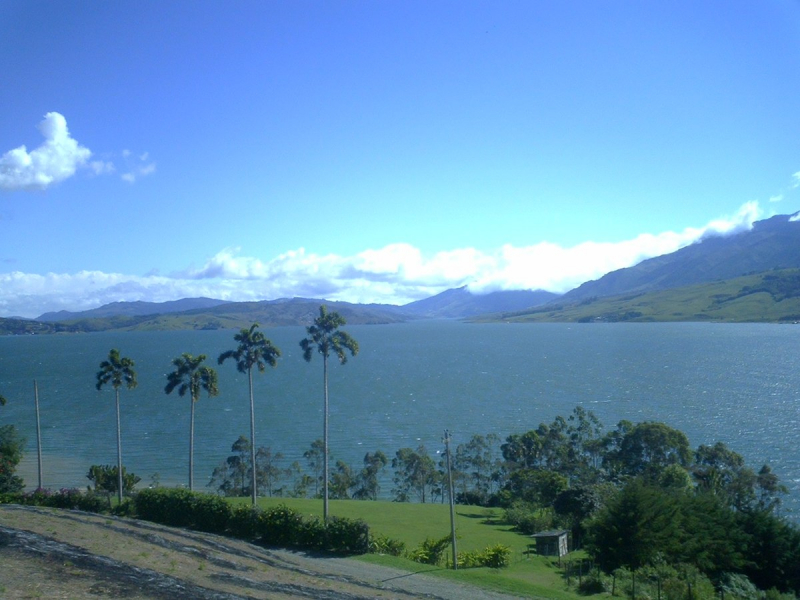
Photo: wikipedia 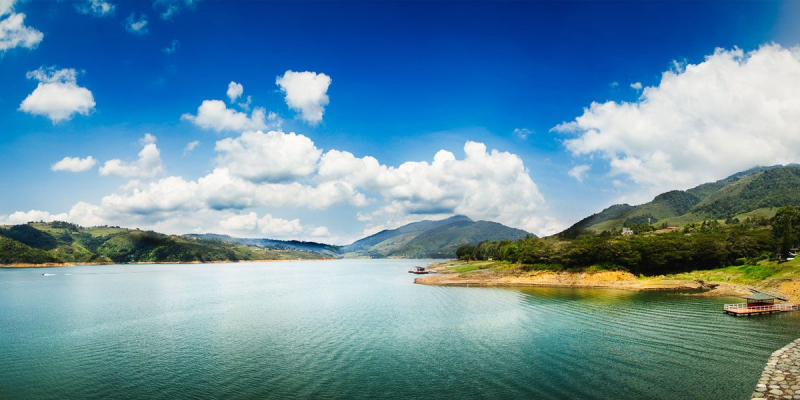
Photo: travelongcolombia -
The lake known as Lake Iguaque is situated in Colombia's Boyacá Department. This lake is one of the best lakes to visit in Colombia. In 1977, the lake and its surroundings were designated as a Flora and Fauna Sanctuary. For the Muisca, Lake Iguaque was a sacred location. The goddess Bachué emerged from the Iguaque lake carrying a kid, according to tradition, and this is where humanity first emerged. She married the boy when he was an adult, and their offspring helped populate the planet. They are regarded as members of human ancestry. Finally, Bachué and her husband turned into snake-like shapes and slithered into the water.
From the tourist center to the lake, it takes around three hours of hiking along a winding road through the Andean Forest. As hikers ascend, the vegetation changes from moss-covered trees to pines and bushes. The Muiscas revere Lake Iguaque as the place where life first began on Earth. According to legend, the goddess Bachue emerged from the lake holding a baby boy. The goddess watched her child grow up so they may have children. Humanity was created as a result of their reproduction. Later, they transformed into two snakes—a symbol of wisdom—and went back to the lake.
Location: Villa de Leyva, Boyacá, Colombia
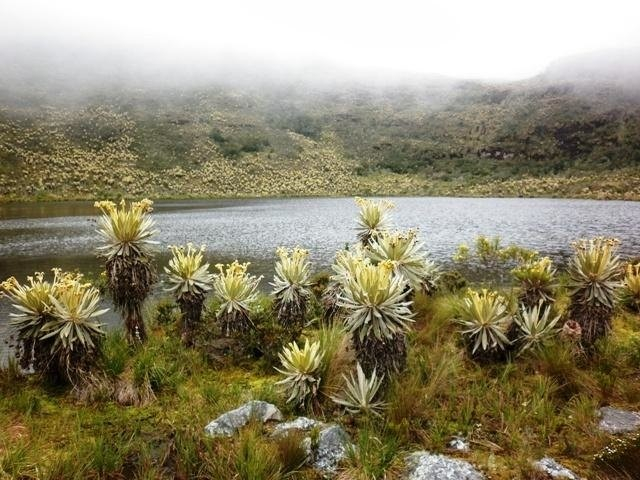
Photo: kimkim.com 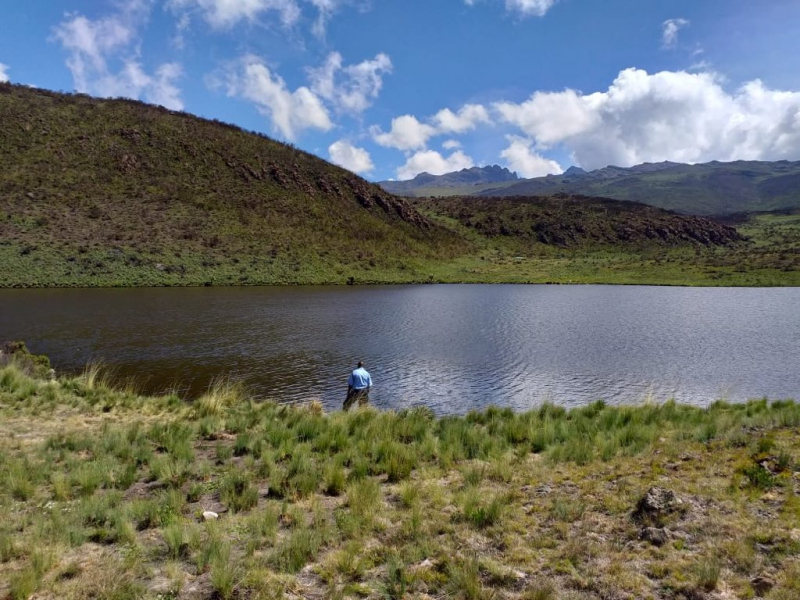
Photo: twitter.com -
The Chingaza Natural National Park in Cundinamarca, Colombia, is home to the three glacial lakes known as the Siecha Lakes. Before the Muisca were conquered by the Spanish in the 1530s, they lived in the area and practiced a religion that revered the Andean lakes.
To remove the Muisca artifacts made of gold from the water, the lakes were partially drained during the colonial era. A golden raft like the renowned Muisca raft was discovered in one of the lakes in 1855. The Muisca scholar Liborio Zerda depicted it in his book El Dorado in 1883 under the title Balsa de Siecha, or "Siecha raft." The finding of the raft led Zerda to conclude that the Siecha Lakes, rather than Lake Guatavita, was the location of the new zipa's initiation process. Later, the raft was transported from Colombia to Europe largely lawfully. The raft was lost when the transport ship caught fire in Bremen's harbor.
The Siecha Lakes, one of the lakes connected to the tale of El Dorado, was revered by the ancient Muisca, just like Lake Guatavita. The Muisca custom of tossing gold into the water gave rise to the myth that in the past led numerous Spaniards to search for treasures in the lakes.
Location: Guasca, Cundinamarca, Colombia
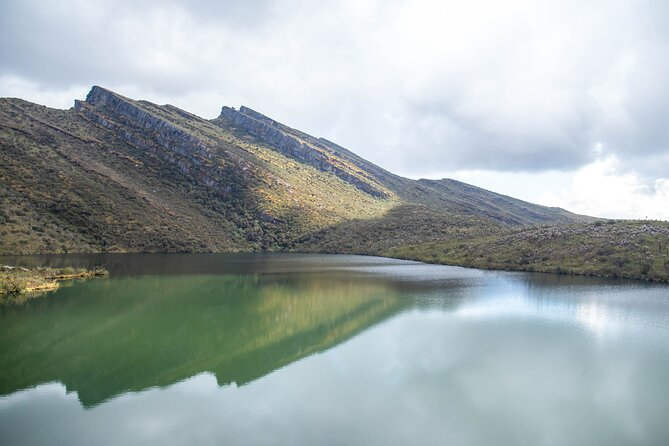
Photo: nicktravel.com 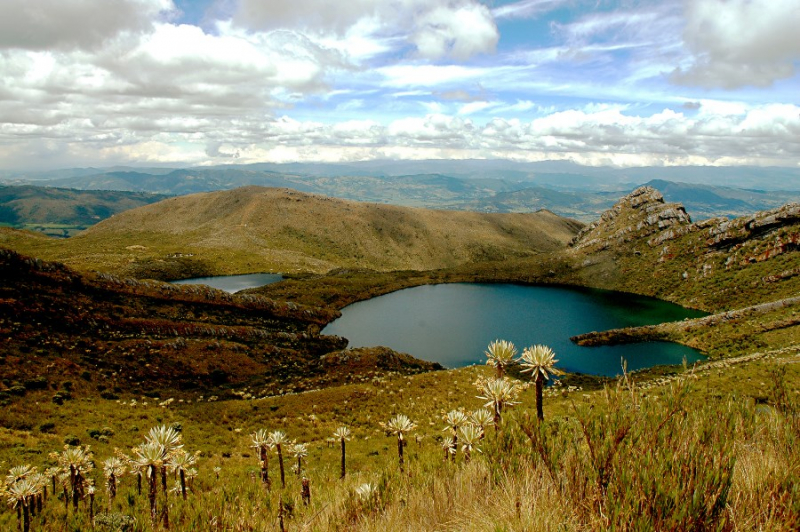
Photo: elturismoencolombia.com -
The next position on the list of the best lakes to visit in Colombia is Laguna de la Cocha. A 39,000-hectare volcanic crater lake, La Cocha Lagoon is situated in Colombia's Pasto Municipality. After Lake Tota, La Cocha Lagoon is the largest inland body of water in Colombia in terms of surface area.
The tiniest park, Corota Island, a stunning sanctuary for wildlife and plants, is situated in the midst of the lagoon. The Corota Island is the subject of a legend. The lagoon was created when the water vessel overflowed, and the island was a woman who was jealously cursed to be an island. Lanchas, or colorful wooden boats, departing from the village of Puerto El Encano on the shores of La Cocha. Its flower-filled flower boxes and brilliantly painted chalet-style homes give the impression that you are in Switzerland.
Around La Corota Island Flora Sanctuary, which is home to mammals like mountain tapir, northern pudu, and spectacled bears, as well as bird species like grebes, golden peck ducks, snipes, and andean ducks, lies La Cocha Lagoon.
Location: Nariño, Colombia
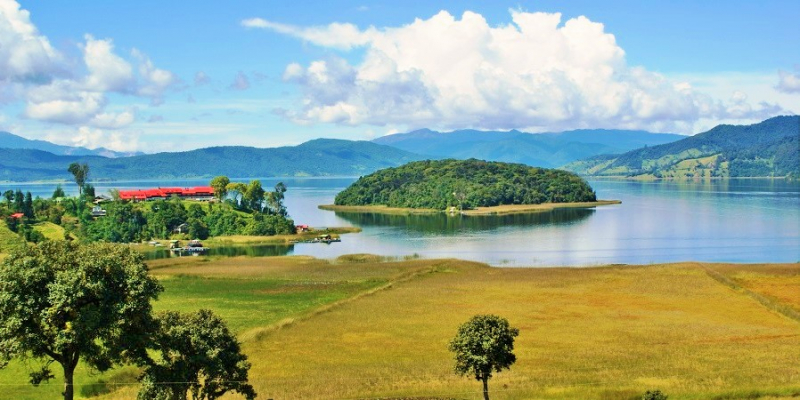
Photo: altomira.co 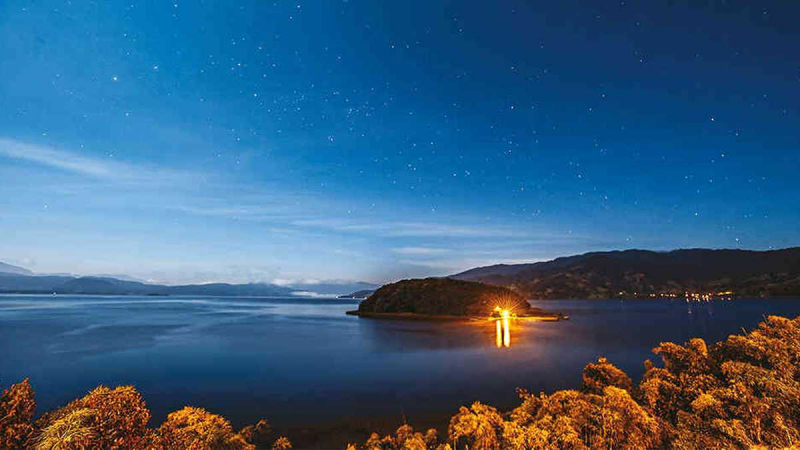
Photo: semana.com -
A tiny lake named Lake Otún can be found in Colombia's Risaralda department's Nevados National Park. It has a 1.5 square kilometer size and is 3,900 meters above sea level. The Nevado Santa Isabel's meltwaters feed the lake, which has glacial origins. The Lake Otún River, which provides drinking water to the cities of Pereira and Dosquebradas, originates in Lake Otún.
Several threatened or endangered bird species, such as the Colombian torrent duck, Colombian ruddy duck, Andean teal, and Andean snipe, rely on Lake Otún as an essential breeding place.
Nevado Santa Isabel provided the meltwater for this glacier lake. By land, it takes five to seven hours to go northeast from Pereira to the lake. A sizable rainbow trout population can be found in Lake Otún. Visitors can engage in leisure pursuits including camping and trout fishing. One of Lake Otún numerous gems is its dense populations of fragile ones, many of which are situated on the western slopes that define a portion of this hydric reservoir. The frailjones there appear to have discovered that squeezing into close quarters is the most effective method to stay warm and endure the brutally cold conditions.
Location: Nevados National Park, Risaralda
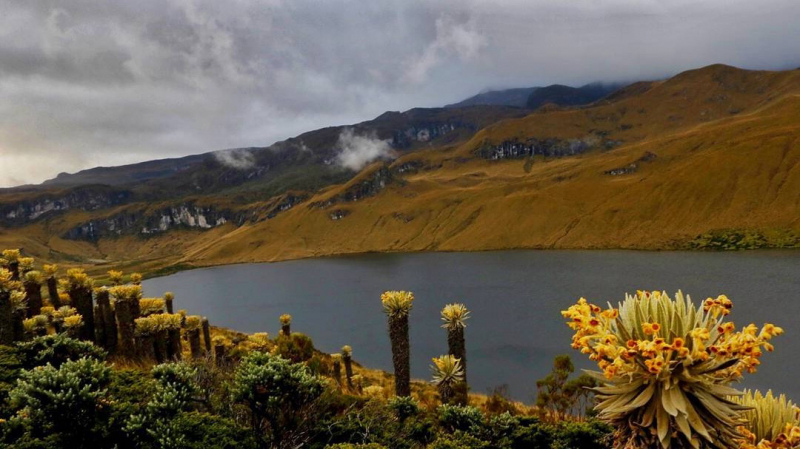
Photo: hikingintheandes.com 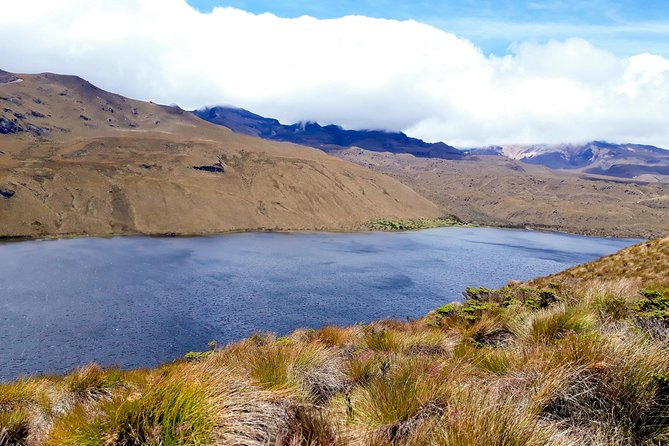
Photo: activities.marriott.com -
The Cumbal lagoon, also known as La Bolsa lagoon, is situated 3440 meters above sea level at the base of the Cumbal volcano, in the Nario department, south of Colombia.
This lagoon is distinguished by the absence of waves, the extremely low temperature, and the gray appearance of its waters. The Cumbal lagoon basin is tiny (9.8 km2) and situated in a zone that is extremely vulnerable to aquifer recharge. For the local natives, who are members of the grasslands ethnic group, it is a sacred location since, in their view, it is where humanity first emerged. Because of this, you can assume that this location has feminine energy because it reminds you of a woman's uterus, which is why it is called the bag.
You will be able to take in the spectacular scenery of the Republic of Ecuador's snow-capped mountains, valleys, and neighboring volcanoes. As a result of the abundance of rainbow trout in its waterways, you can also engage in sport fishing activities. Additionally, you can get to know the local indigenous people and learn about their culture, traditions, and cuisine.
Location: Nariño, south of Colombia
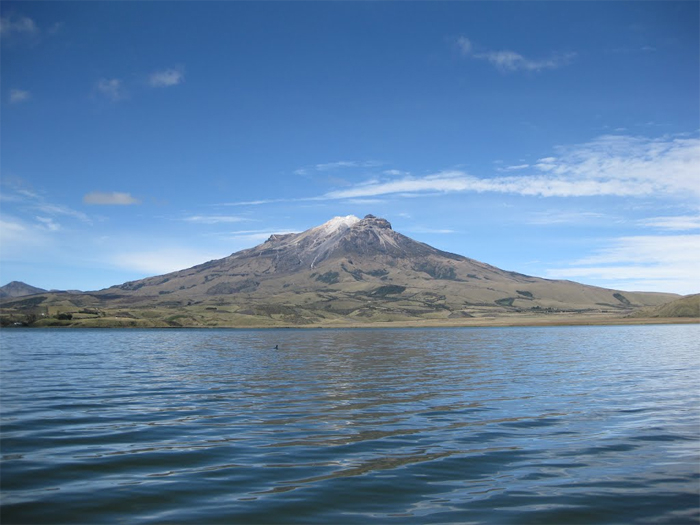
Photo: colombiatouristattractions.com 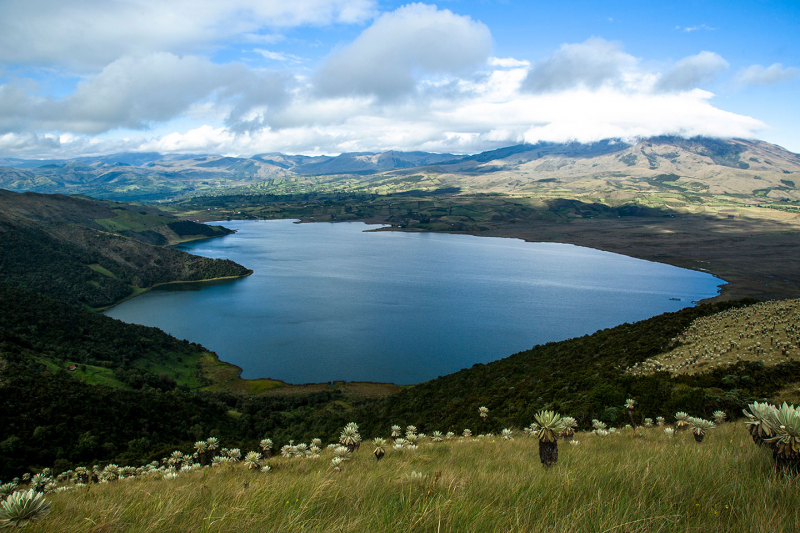
Photo: situr.narino.gov.co -
Since its declaration as a natural reserve in 1978, the Laguna de Sonso or del Chircal has been subject to land, water, and air restrictions. This lakes is one of the best lakes to visit in Colombia
It is situated in the Valle dal Cauca department on the right bank of the Cauca River, between the towns of Buga, Yotoco, and Guacar. Its 2,045 hectares (which span 14 square kilometers of these municipalities) are divided into 1,300 hectares for the buffer zone and 745 hectares for the lagoon zone. Its location of 936 meters above sea level, the average temperature of 23 degrees Celsius, and relative humidity of 75% make it a desirable habitat for many species.
The international RAMSAR agreement, which was signed on February 2, 2017, includes Laguna de Sonso. Dry woodland and aquatic birds coexist harmoniously there. It also serves as a refuge for over 300 species of migratory and indigenous birds. For this reason, bird watching and photography are the principal tourist activities in the Sonso lagoon.
Location: Valle del Cauca, Colombia
Video: https://www.youtube.com/watch?v=TMtoC_F2Ous 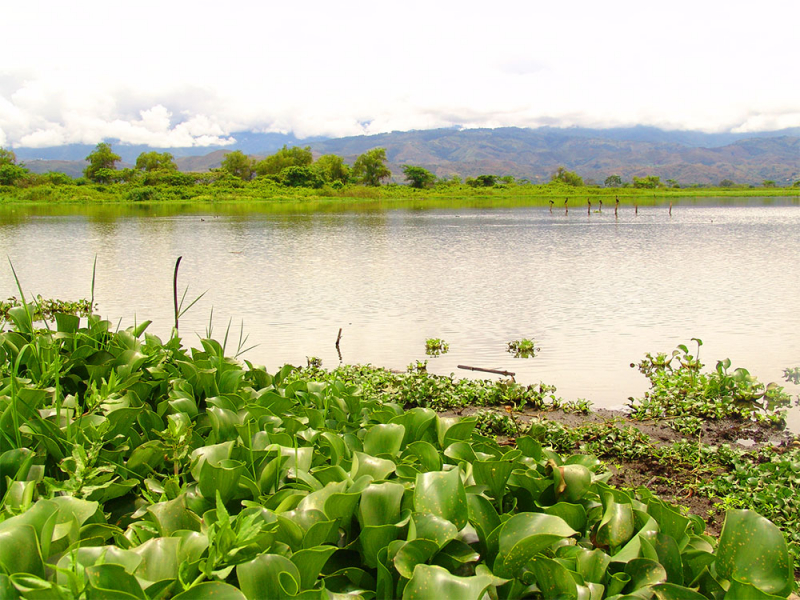
Photo: sidap.cvc.gov.co












